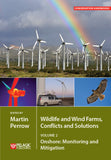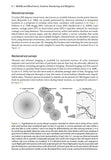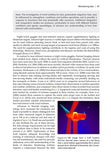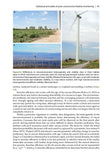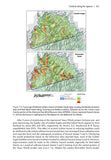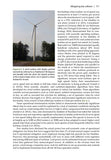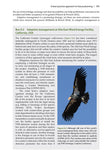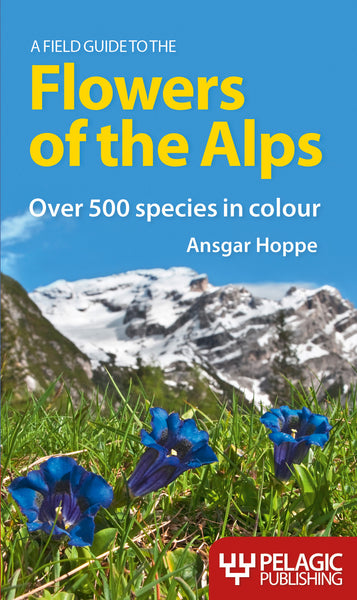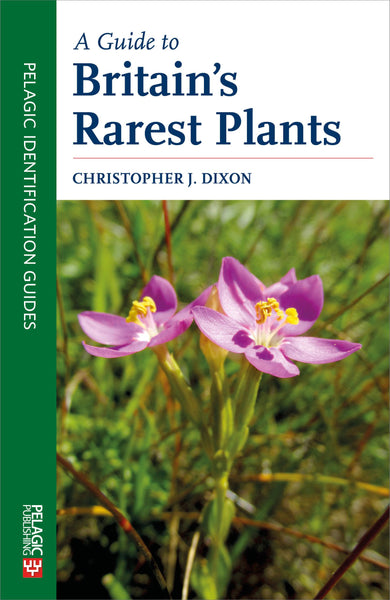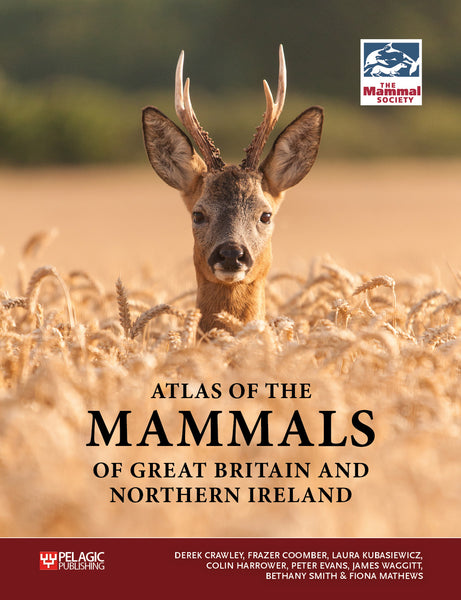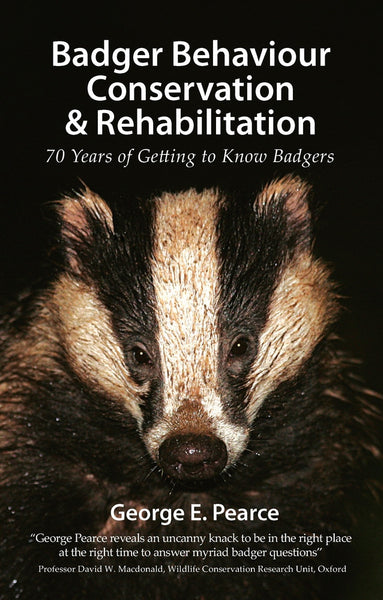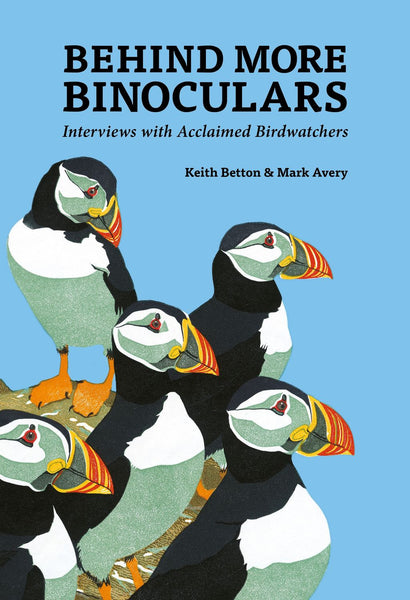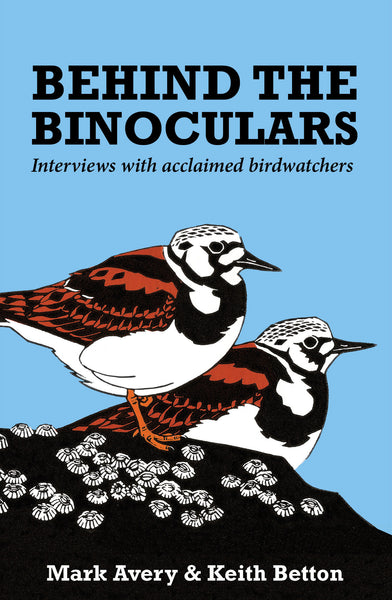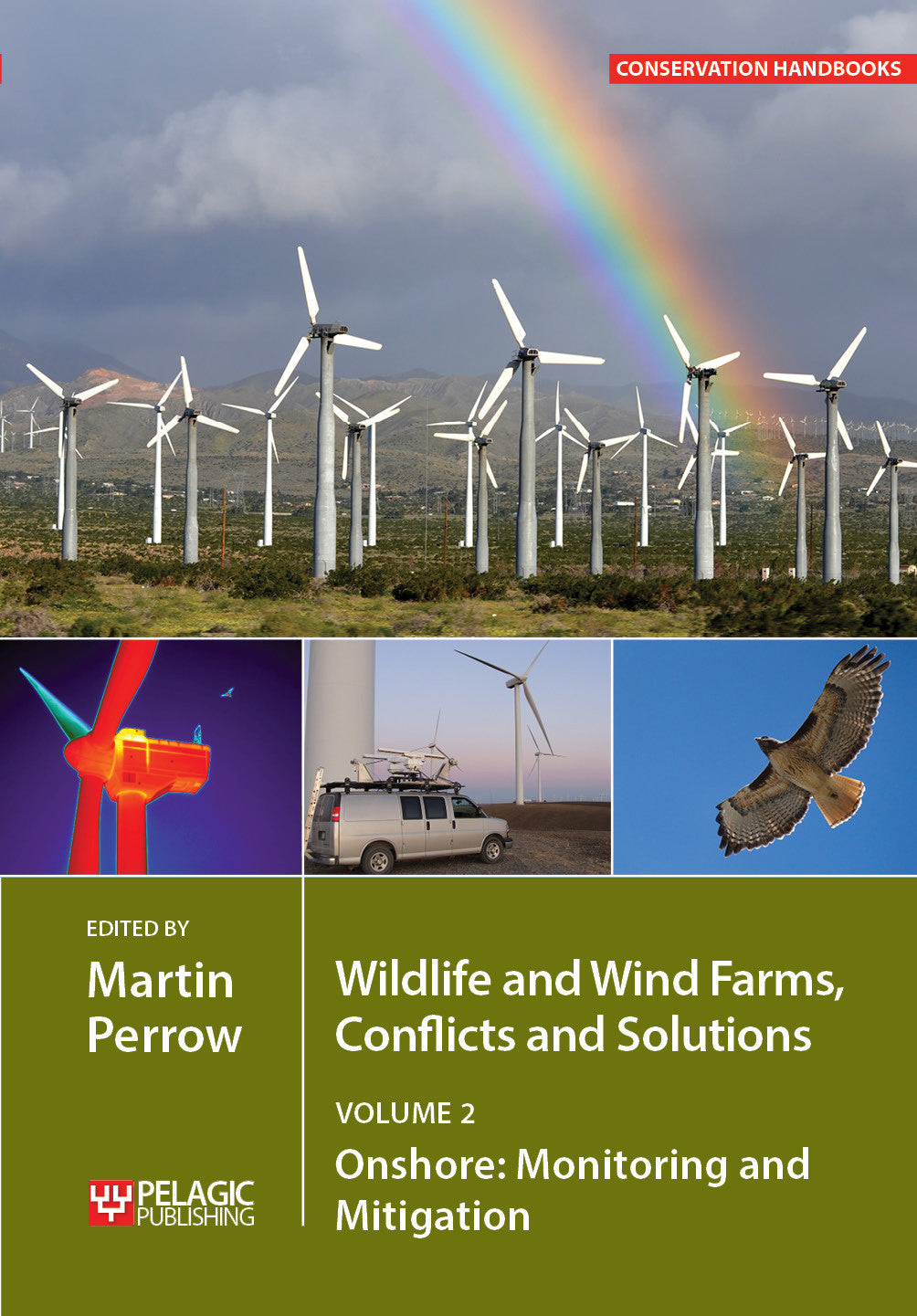
Wildlife and Wind Farms - Conflicts and Solutions, Volume 2
Onshore: Monitoring and Mitigation
- State-of-the-science guide to monitoring and mitigating the adverse impacts wind farms have on wildlife
- Contributions from leading academics and practitioners in the field of wind farm studies
- Informative figures, tables, colour photographs and detailed case studies throughout
- ... the best currently available synthesis of knowledge regarding impacts of onshore wind farms on birds. It is an obligatory read for all interested in the subject of wind energy–bird interactions. —Acta Ornithologica
- bats
- birds
- Conservation
- ecology
- wildlife
- wind farms
- wind turbine
Trailer Video
Description
Wind farms are an essential component of global renewable energy policy and the action to limit the effects of climate change. There is, however, considerable concern over the impacts of wind farms on wildlife, leading to a wide range of research and monitoring studies, a growing body of literature and several international conferences on the topic.
This unique multi-volume work provides a comprehensive overview of the interactions between wind farms and wildlife.
Volume 2 provides a state-of-the-science guide to monitoring and mitigation to minimise or even eliminate impacts on wildlife from wind farms. The survey and monitoring section includes detailed chapters on birds and bats followed by chapters on modelling of collision risk and populations and the statistical principles of fatality monitoring. The following mitigation section comprises chapters on spatial planning and effective mitigation strategies for bats, birds and raptors including through repowering. A synopsis of international best planning and practice concludes the volume.
The authors have been carefully selected from across the globe from the large number of academics, consultants and practitioners now engaged in wind farm studies, for their influential contribution to the science. Edited by Martin Perrow and with contributions by over 30 leading researchers including: Ed Arnett, Cris Hein, Manuela Huso, Johann Köppel, Roel May, Ian Smales & Shawn Smallwood. The authors represent a wide range of organisations and institutions including Bat Conservation International, Birdwatch Ireland, Norwegian Institute for Nature Research, Spanish Council for Scientific Research, Swiss Ornithological Institute, Technische Universität Berlin and US Geological Survey as well as several leading consultancies.
Each chapter includes informative figures, tables, photographs and detailed case studies. Several of the latter are produced stand-alone from invited additional authors to ensure geographic spread and to showcase exciting new research.
This book is designed for practitioners, researchers, managers and for a range of students in higher education, particularly those involved with environmental, ecological, conservation, impact assessment and climate change studies.
Other volumes:
Volume 1: Onshore: Potential Effects (978-1-78427-119-0)
Volume 3: Offshore: Potential Effects (978-1-78427-127-5)
Volume 4: Offshore: Monitoring and Mitigation (978-1-78427-131-2)
Readership
Practitioners, researchers, managers and for a range of students in higher education, particularly those involved with environmental, ecological, conservation, impact assessment and climate change studies.Table of Contents
Preface
1. Monitoring birds - K. Shawn Smallwood
2. Monitoring bats - Cris D. Hein
3. Modelling collision risk and populations - Ian Smales
4. Statistical principles of post-construction fatality monitoring design - Manuela Huso, Dan Dalthorp and Fränzi Korner-Nievergelt
5. Spatial planning - Jenny Bright and Caoimhe Muldoon
6. Mitigation for birds - Roel May
7. Turbine siting for raptors - K. Shawn Smallwood, Lee Neher and Douglas A. Bell
8. Mitigating bat collision - Edward B. Arnett
9. A best practice approach to future planning - Victoria Gartman, Eva Schuster, Johann Köppel and Martin R. Perrow
Index
Reviews
- These two books are a major step towards consolidating our current knowledge of potential impacts of wind farms on wildlife, and options for monitoring and mitigation. Coherent structures for each chapter provide easy navigation, and liberal decoration with case studies, figures, tables and photographs, means that the expansive content is easily digestible. A minor quibble may be that volume 2 focuses almost entirely on birds and bats, after laying some important groundwork for other under-studied taxa in volume 1, but as acknowledged, this reflects where most focus has been directed. The call for greater study on population-level monitoring and cumulative effects echoes those of other recent reviews, such as the publication of presentations from the Conference on Wind Energy and Wildlife Impacts held in Berlin in 2015 (Köppel 2017), which are among the most challenging of aspects to study but are essential to consider. The Editor and the many authors of chapters and cases studies should be congratulated on this important contribution to the field. The next two offshore volumes are highly anticipated. —Chris Thaxter, BTO Bird Study
- ...this is the must read book for everybody interested in wind farms and wildlife, which will be the next step in our better understanding of relationships between renewable energy, wildlife and the environment. —Wieslaw Bogdanowicz, Acta Chiropterologica
- ... the editor and the more than 50 authors have made a substantial effort to review current knowledge, which goes a long way to meeting the need for a comprehensive global reference on the subject. —Henrik Skov, Conservation Biology
About the Author
Martin Perrow is Founder and Director of ECON Ecological Consultancy Ltd and currently manages the ornithological requirements of several wind farm sites, assessing the likely impacts and providing advice in order to engineer the co-existence of birds and wind farms with minimal impacts. He has published widely on the subject.
Bibliographic Information
 227 pages
227 pages - 54 figures
- 16 tables
- BISAC SCI020000, NAT010000, NAT011000
- BIC RNKH, PSVS






